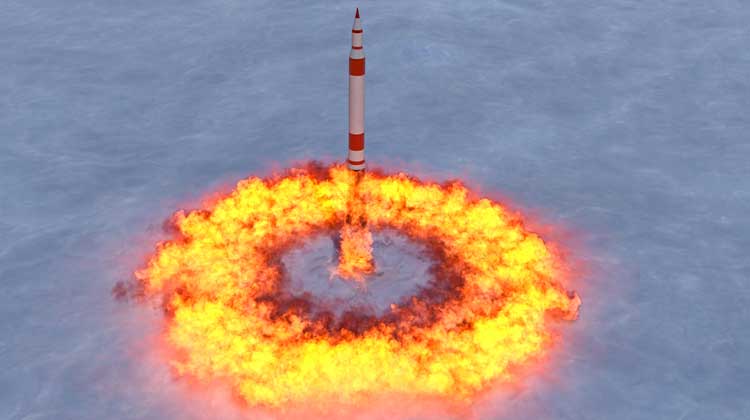
A recent headline in the Los Angeles Times asked the question, “Upgrading U.S. nuclear missiles, as Russia and China modernize, would cost $85 billion. Is it time to quit the ICBM Race?”
The authors of the article, W.J. Hennigan and Ralph Vartabedian, point out that in addition to Russia and China’s upgrade of their nuclear weapons, Pakistan, India and Israel continue to build new nuclear weapons and delivery systems.
In this context, upgrading the U.S. nuclear weapons program has become part of the national agenda. America’s aging nuclear arsenal, much of which was built many decades ago, is nearing the end of its service life.
What most U.S. lawmakers are interested in is the overall modernization cost over the next few decades. A recent Congressional Budget Office (CBO) report put the cost at an estimated $1.2 trillion:
- $772 billion for the operation, sustainment and modernization of strategic nuclear delivery systems
- $445 billion for research labs, production facilities that support nuclear weapons activities, and the command, control, communications and early-warning systems connected to nuclear forces
- $25 billion for shorter-range aircraft and their nuclear weapons
Is Our Strategic Nuclear Triad Worth the Money?
Some prominent national leaders have questioned the need to spend this kind of money for the three parts of our nuclear weapons program, known as the Strategic Nuclear Triad. The triad consists of:
- A land-based component (i.e., Intercontinental Ballistic Missiles – called Minuteman III missiles)
- A sea-based component (i.e., nuclear submarines with sea-launched ballistic missiles)
- An air component of strategic bombers such as the B-52 and B-2 armed with nuclear bombs and nuclear–tipped cruise missiles)
Senator John McCain (R-Ariz.), speaking at the Brookings Institution on May 19, 2016, said: “It’s very, very, very expensive….Do we really need the entire triad, given the situation?”
The Air Force is responsible for two-thirds of the triad: the land-based ICBMs and the strategic bombers. However, Air Force officials worry about the Minuteman’s ability to penetrate adversaries’ missile defense systems. The current 400 Minuteman III missiles are each armed with a single warhead, per treaty agreement.
The Minuteman III was developed in the 1960s and first deployed in 1970. The 50-year-o
d hardware still works, but not without extensive and expensive maintenance. The Pentagon has begun work to replace the Minuteman with a new generation of missiles and launch control centers.